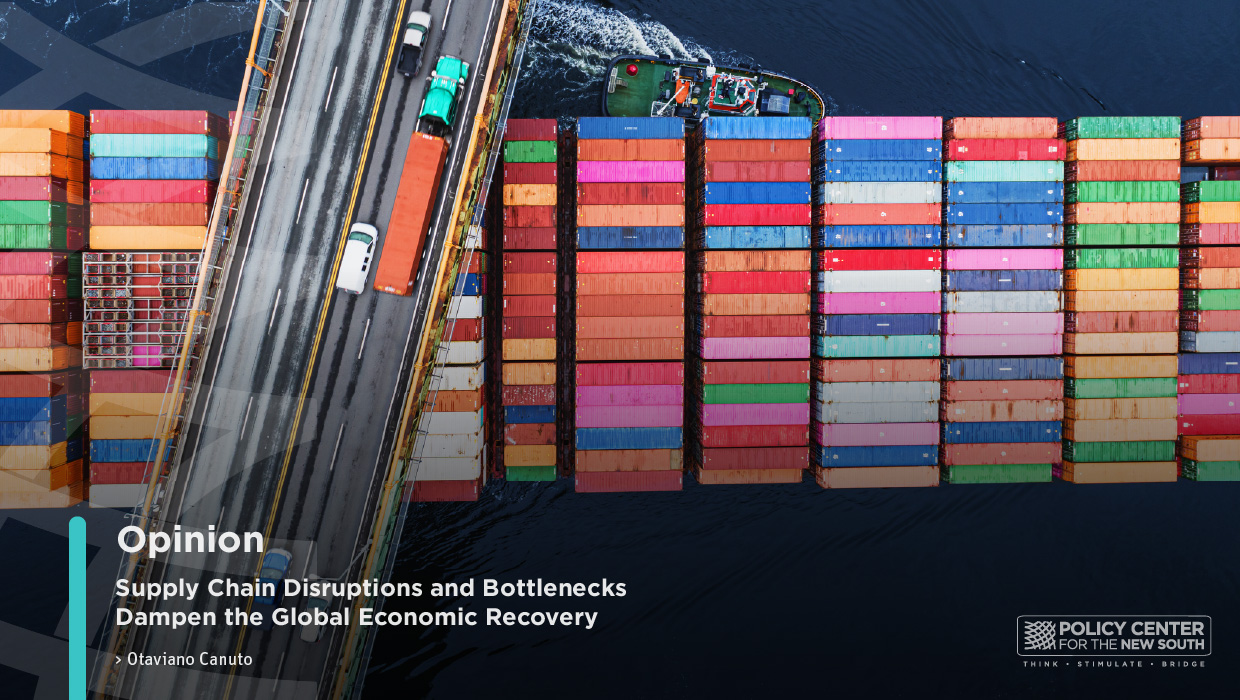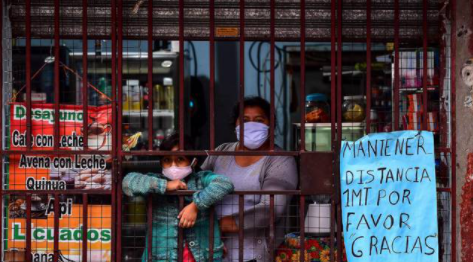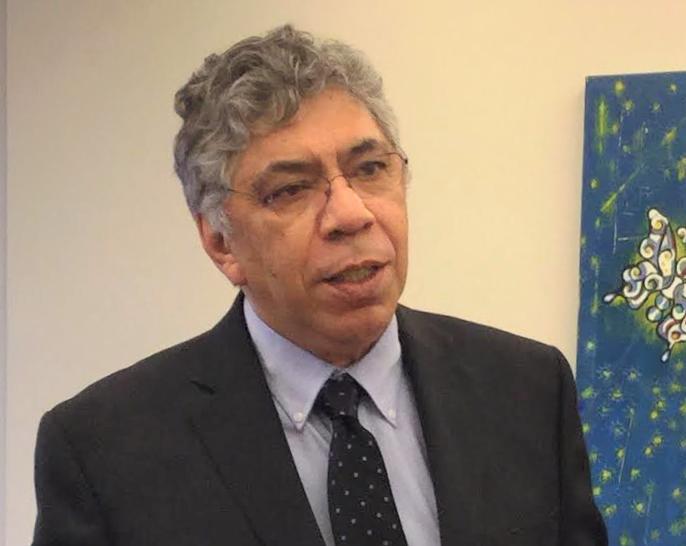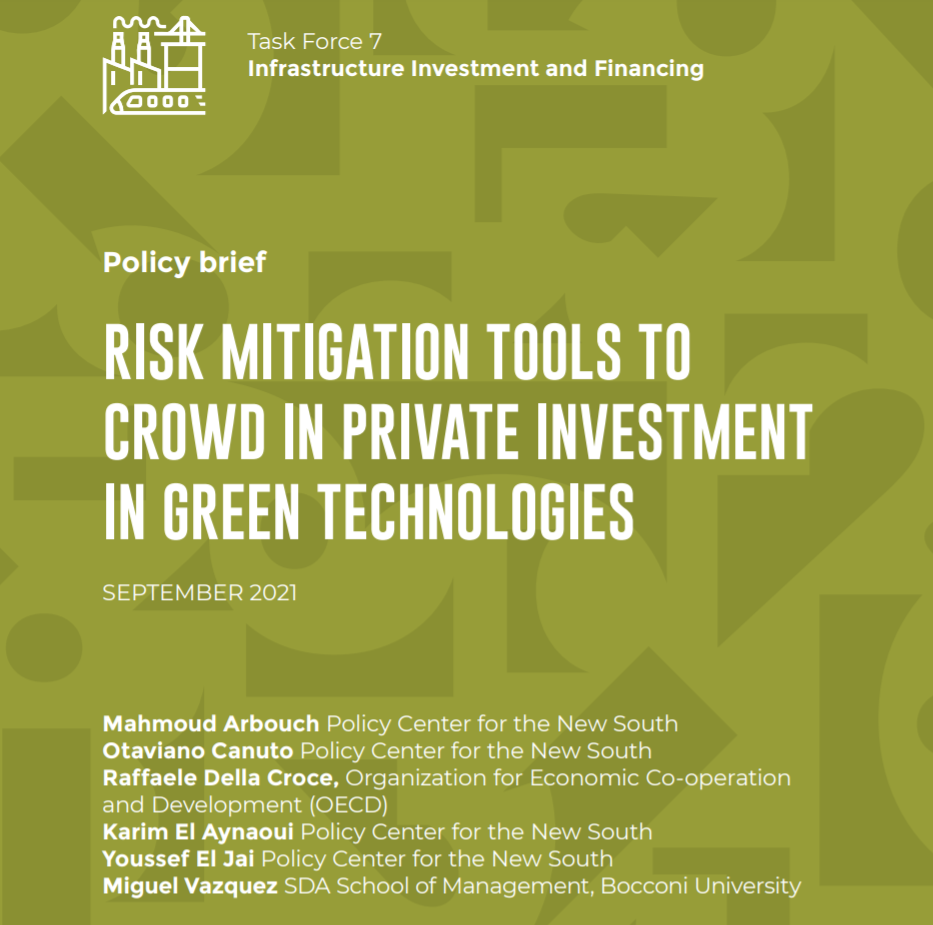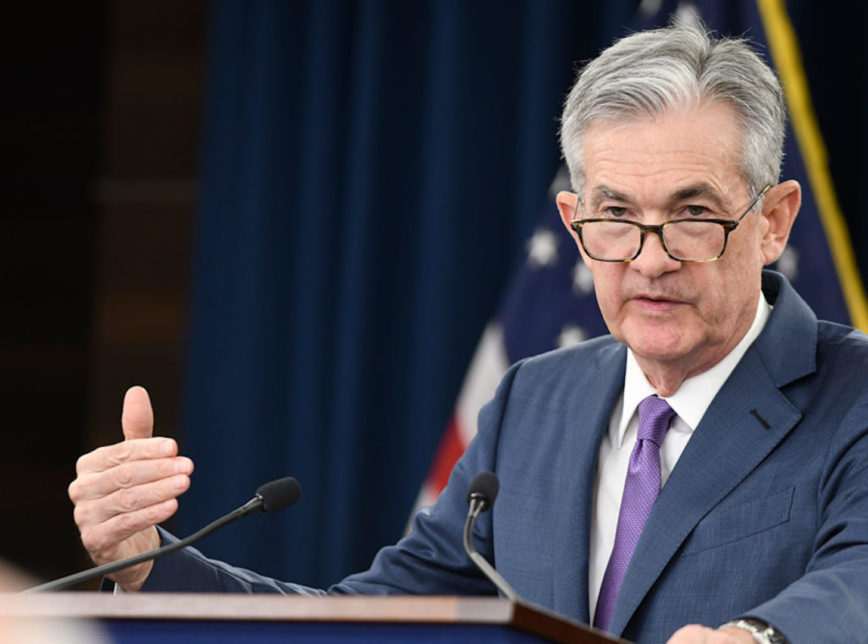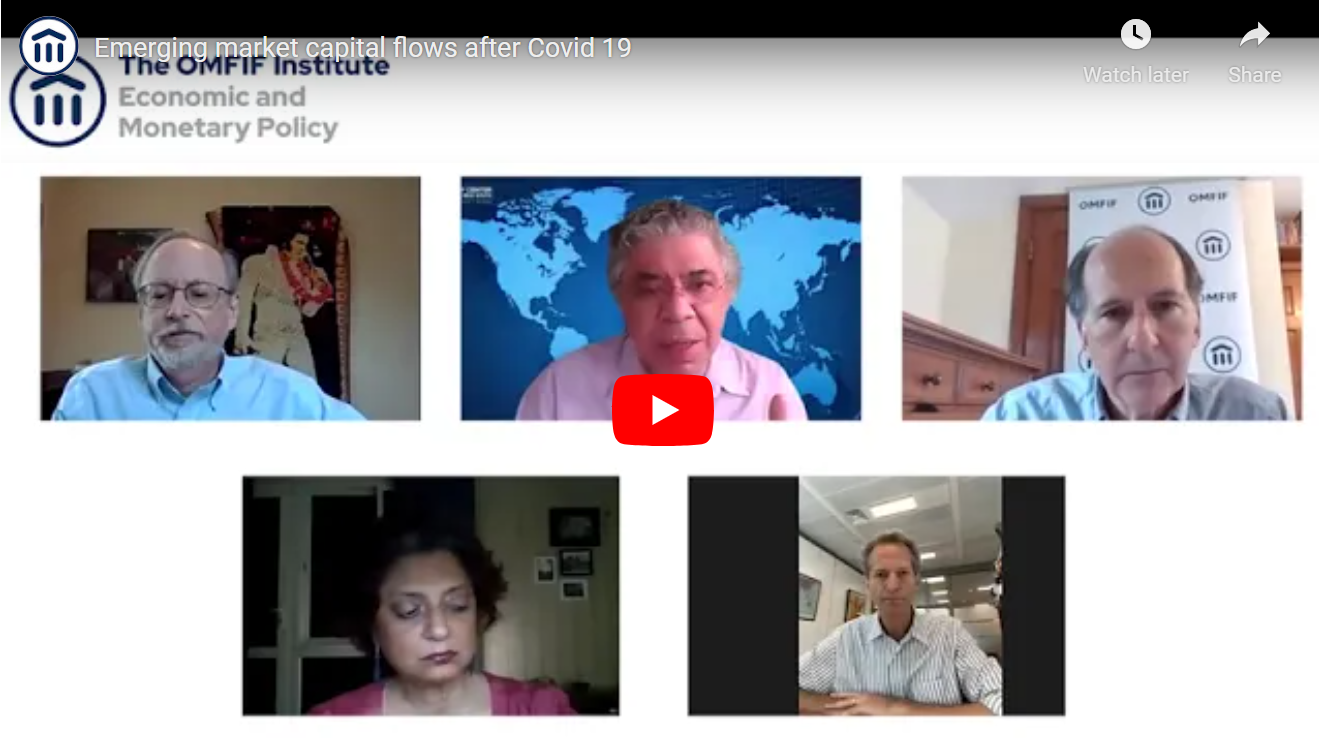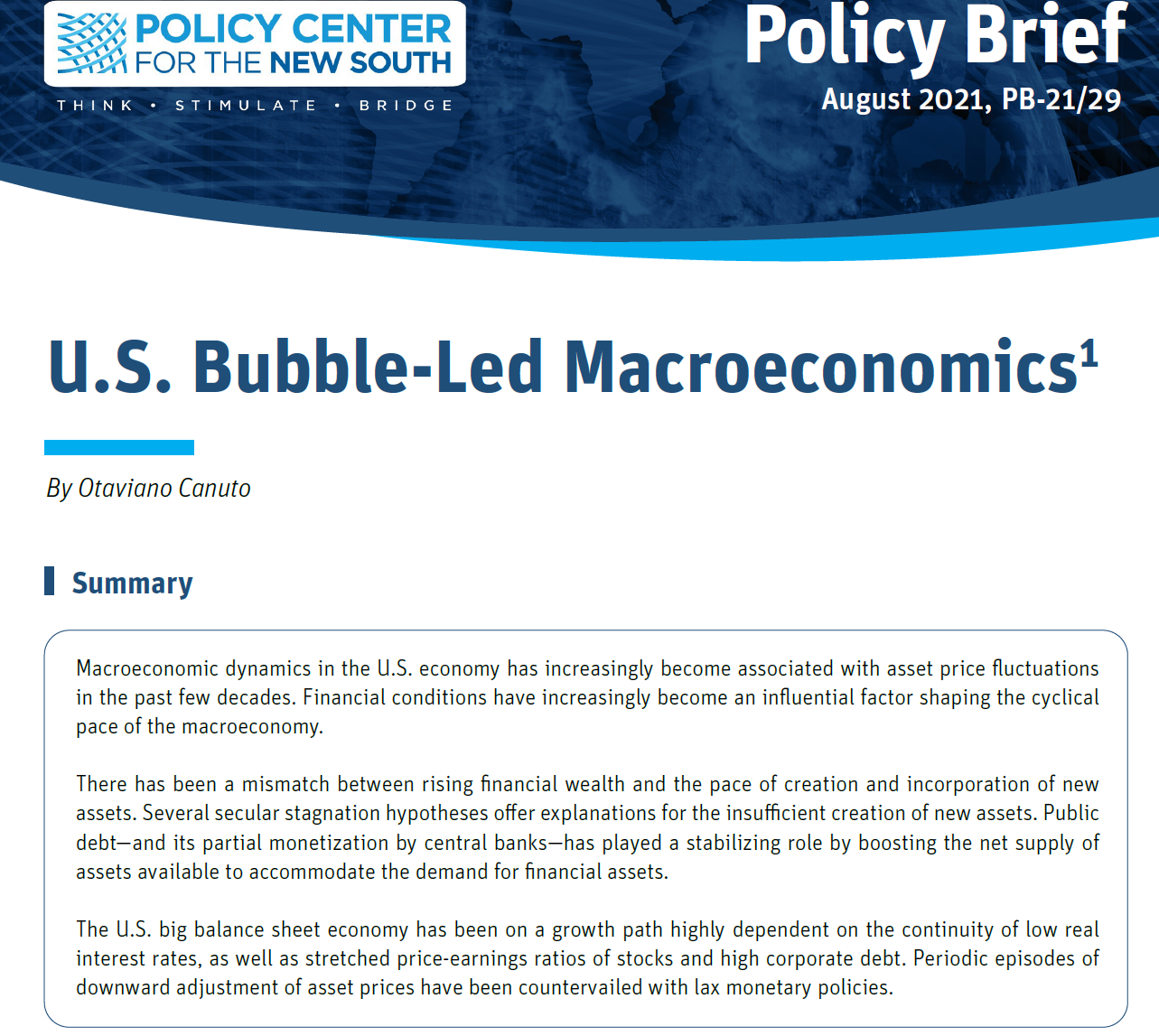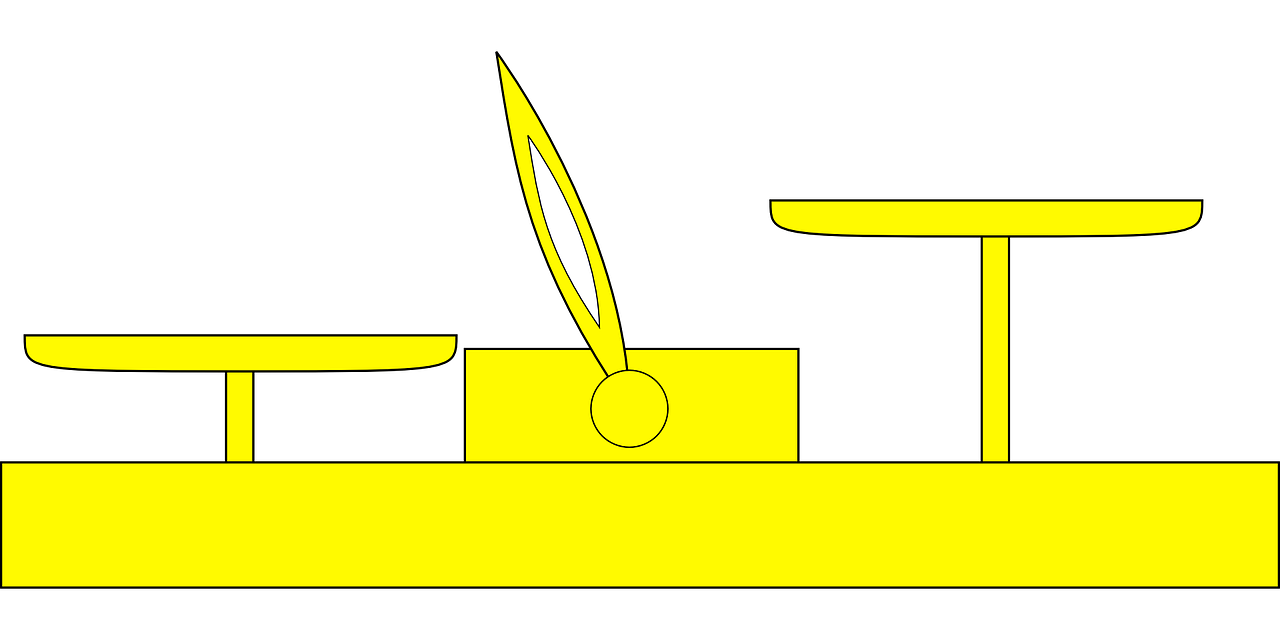Supply Chain Disruptions and Bottlenecks Dampen the Global Economic Recovery
Scarcity of inputs and goods has been felt all over the world because of disruptions to global value chains since the beginning of the pandemic. Higher inflation has been a global phenomenon, even if with different intensities and multiple determinants. A mismatch between demand and supply can also be found in the energy price shocks. The running of supply chains in the U.S. has also been affected by an unexpected shrinkage in the workforce because of acceleration in retirements caused by the pandemic. The Fed's ‘wait-and-see attitude’—moving on to the tapering this year and likely small rises at the end of next year—is opposed by those who think the Fed is already behind.

